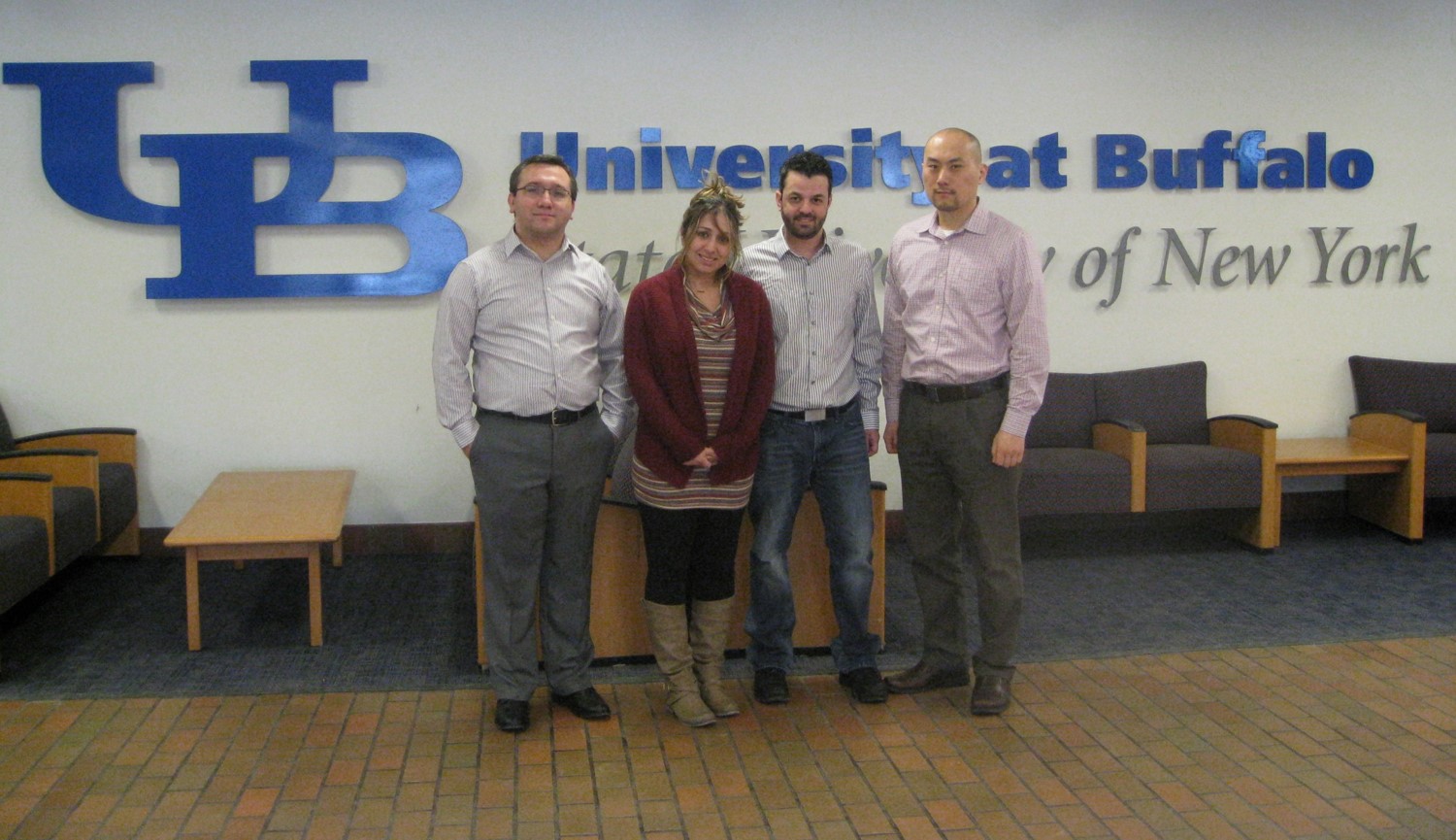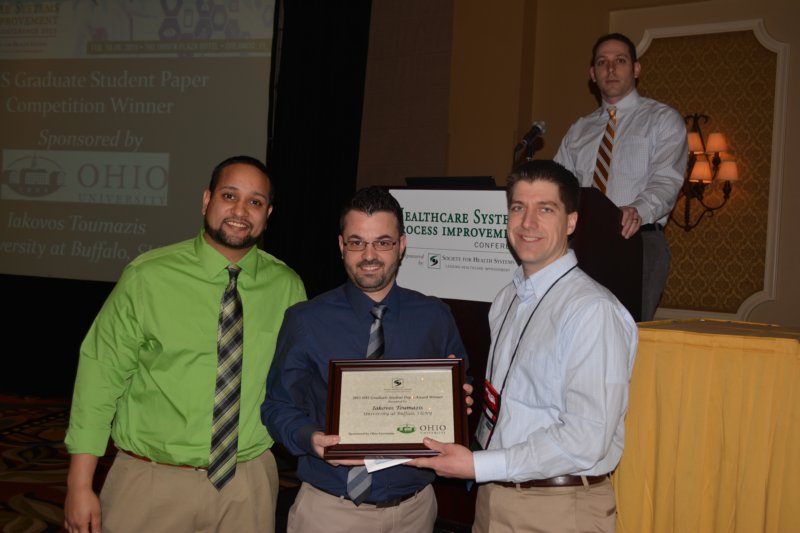Title: Optimizing Personalized Screening and Diagnostic Decisions for Lung Cancer Based on Dynamic Risk Assessment and Life Expectancy
Abstract: Lung cancer is the leading cause of cancer related deaths in the United States and worldwide. Most patients are diagnosed with advanced stage disease for which available treatment interventions offer minimal survival benefit. Early detection through screening is vital to achieve cure and minimize lung cancer morbidity and mortality. Low- dose computed tomography (LDCT) has become the standard lung cancer screening modality based on data from randomized clinical trials. In 2021, the US Preventive Services Task Force (USPSTF) relaxed its lung cancer screening eligibility criteria (based on age and smoking history) providing coverage to younger and lighter smokers. Even though the eligibility expansion is expected to enhance benefits in specific population groups, many newly eligible individuals would have low lung cancer risk making it less likely to benefit from screening, but will be subject to potential harms such as false-positive findings and risks from invasive diagnostic procedures, emotional and psychological distress, and cost. Thus, it is imperative to accurately identify individuals that are likely to benefit from screening. Management of indeterminate findings is challenging, given the high rates of benign nodules detected by LDCT. Existing lung cancer screening and diagnostic guidelines ignore important risk-factors, whereas promising risk prediction models assessing screening eligibility of individuals and malignancy of indeterminate findings omit life-expectancy and remain underutilized. This research aims to develop individualized, dynamic risk-based screening and diagnostic strategies through stochastic, dynamic decision models. This project leverages the individualizEd luNG cAncer screeninG dEcisions (ENGAGE) framework – a previously developed and validated framework – that offers individualized screening decisions by dynamically assessing the risk and life expectancy of ever-smoked individuals. We will expand the current version of ENGAGE, which is based on age, sex, and smoking history, to incorporate non-smoking risk factors including race, family history and history of pulmonary disease among others, into the decision-making process. We will develop microsimulation models to simulate the progression of pulmonary nodules and overlay a partially observable Markov decision process to optimize the diagnostic management of pulmonary nodules at the patient level, based on a risk assessment for the nodule’s malignancy and information collected from serial LDCT, biopsy, PET/CT or a diagnostic blood-based biomarker. We will integrate the diagnostic module into ENGAGE to derive state-of-the-art individualized screening and diagnostic recommendations, and compare the effectiveness, efficiency, and cost-effectiveness of the updated ENGAGE framework against current practice. This project presents a new direction in lung cancer screening research paving the road towards individualized secondary cancer prevention. The expansion of the ENGAGE framework to facilitate a personalized risk-based program that integrates smoking and non-smoking risk factors, along with life expectancy, will form the basis for the development of optimal, cost-effective lung cancer screening guidelines tailored to individuals.

